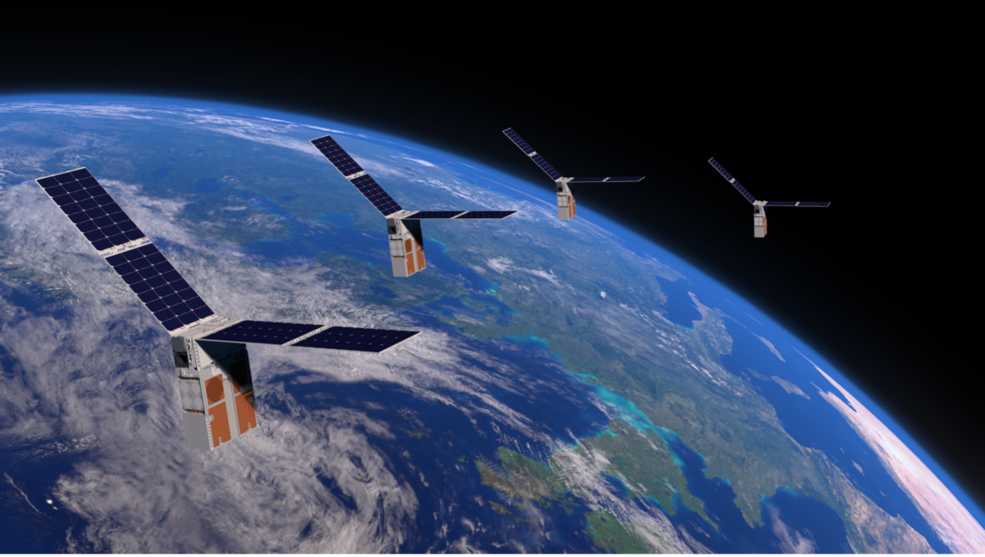
During Tuesday’s Q1 earnings call, Rocket Lab announced it was getting another NASA launch contract, taking it from another SmallSat launcher due to long delays. That mission is NASA’s first satellite swarm and will test technology for a future constellation.
Rocket Lab: Mr. Steal Your Payload
The mission in question is called Starling. For those of you using text-to-speech like I do to read many articles, it might sound like Starlink, SpaceX’s satellite internet constellation, but it is not. Instead, Starling will be a swarm of four CubeSats that will fly and test the new technology for future NASA missions.
Starling was initially going to launch on a Firefly Alpha rocket from Vandenberg, but “due to long delays and continued uncertainty, they have been remanifested on Electron,” said Rocket Lab CEO Peter Beck. Since the company started launching missions for NASA in 2018, Rocket Lab has launched three missions for the agency.
This announcement comes days after Rocket Lab launched its most recent NASA mission, a pair of TROPICS CubeSats. This mission was also snatched from another launch provider, Astra. After it discontinued the rocket, it was manifested to move on to a larger rocket. After the first TROPICS launch failed, Astra canned its Rocket 3 program and moved on to Rocket 4. However, since Rocket 4 was not a part of the launch contract with NASA, it was forced to move the payload to another vehicle.
Join our Discord Server: Join the community with forums and chatrooms about space!
However, Firefly is still working towards more launches of its Alpha launch vehicle. So far, Firefly has launched its rocket twice, successfully reaching orbit on the second flight. However, that second flight underperformed, placing its payloads into a lower-than-expected orbit. This caused most of the satellites to deorbit within a week.
Firefly’s next flight is set for this month, with another in July, and three more are scheduled for this year. So while the company looks healthy and on track to hopefully a very successful year, NASA must have seen something it didn’t like and moved the mission.
With other SmallSat launches facing troubles, Rocket Lab has remained the leader with little direct competition.
What is a satellite swarm?
So what is the difference between a swarm of satellites versus a constellation? Well, it’s pretty simple (at least for us to understand), it all goes into how the constellation handles commands. In a normal constellation, controllers on the ground would have to send commands to single satellites for things to be done. With swarms, the constellation is treated as a single entity, with it determining the best way to resolve the command. Many ground-based operations are also moved onto the satellites, lessening the workload on the ground.
NASA is launching Starling as a tech demonstrator, with a larger and more capable swarm coming later in the decade called HelioSwarm. Being built by Northrop Grumman, the nine-satellite swarm will study solar wind turbulence in low Earth orbit.
The HelioSwarm satellites are planned to launch in 2028 and possibly change how we look at how satellite constellations are operated.
FTC: We use income earning auto affiliate links. More.



Comments